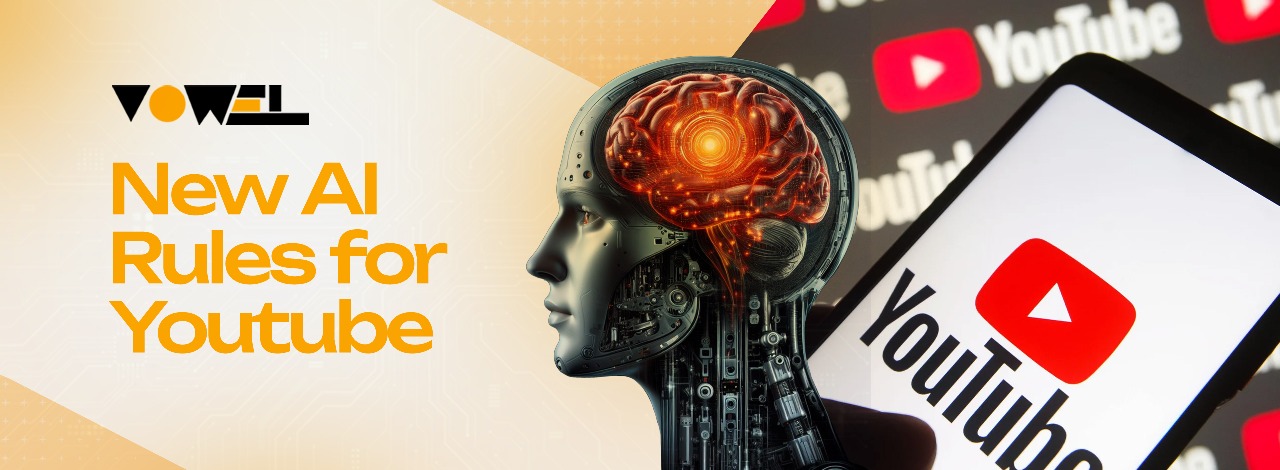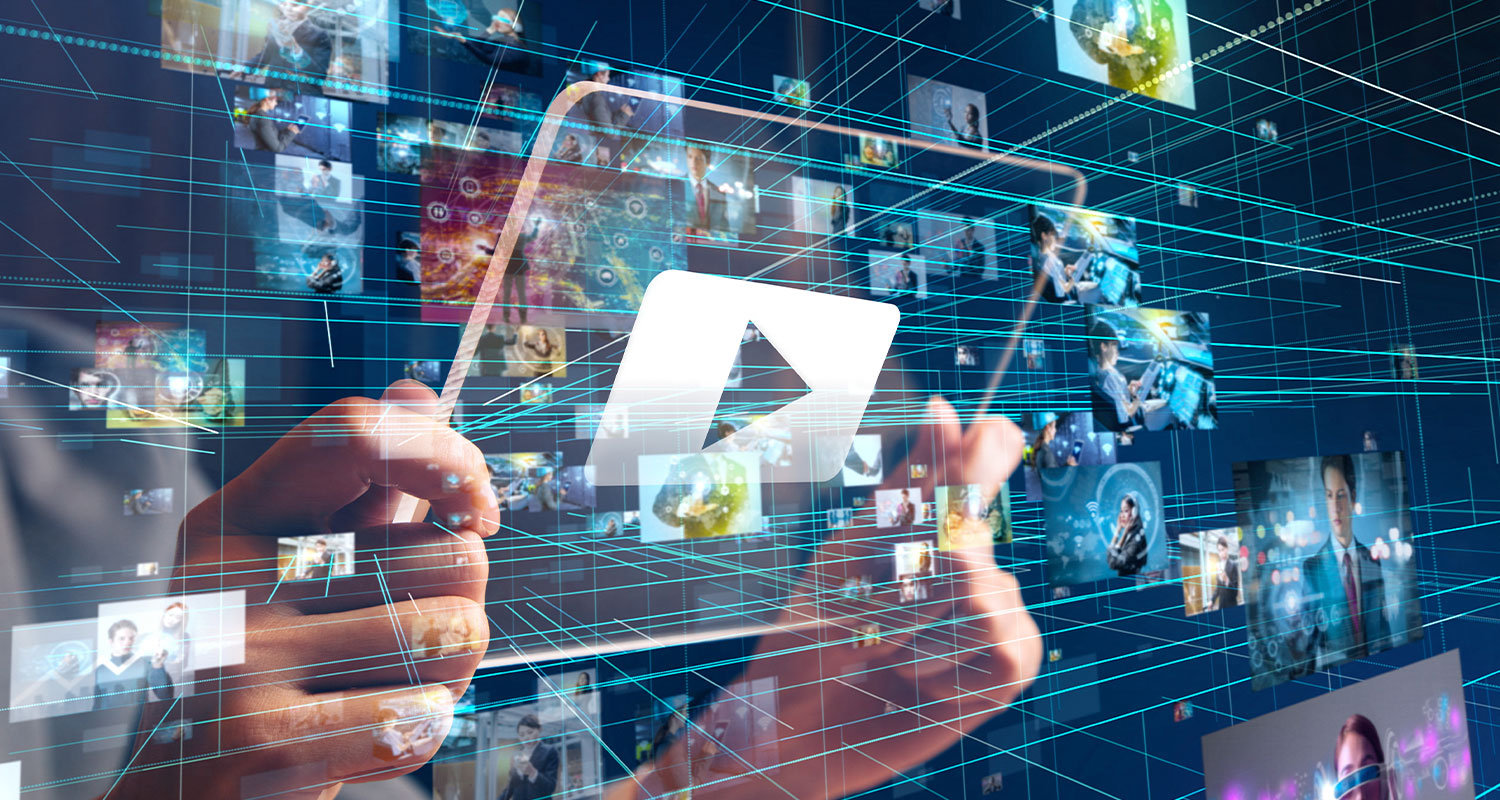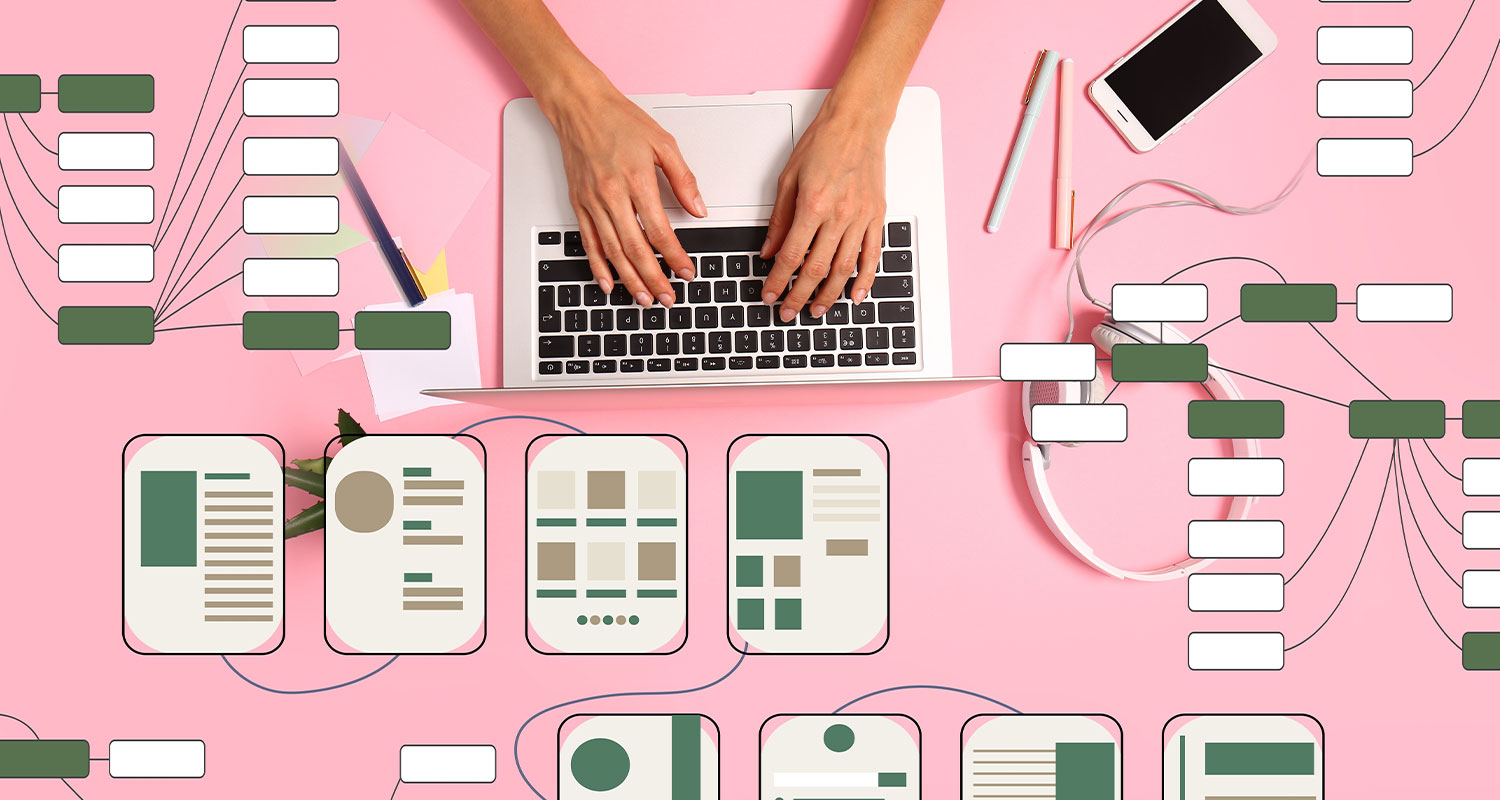

New AI Rules for YouTube: What Creators Need to Know in 2025
Artificial intelligence (AI) is transforming every corner of the digital landscape, and YouTube is no exception. As the world's largest video-sharing platform continues to grow, YouTube has introduced new AI rules aimed at improving content quality, user experience, and compliance with global regulations. These rules impact how creators produce, edit, and publish videos, and understanding them is essential for staying compliant and competitive in 2025.
Why YouTube is Updating Its AI Rules
YouTube handles billions of hours of content every month. With so much data flowing through its systems, AI plays a critical role in content moderation, recommendation algorithms, and even content creation tools. However, as AI-generated content becomes more prevalent, the platform needs clear guidelines to manage ethical concerns, misinformation, and copyright issues.
The new AI rules are designed to:
- Promote transparency in AI-generated content
- Prevent misuse of AI for harmful or misleading videos
- Protect creators' original work and intellectual property
- Enhance the platform's ability to detect and manage AI-generated misinformation

Key Highlights of the New AI Rules
1. Disclosure of AI-Generated Content
One major change is the requirement for creators to disclose when videos or significant parts of videos are generated or heavily edited using AI tools. This includes AI-generated scripts, voiceovers, deepfakes, or even AI-enhanced editing.
Creators must add clear disclaimers in video descriptions or directly within the video, so viewers are aware of the role AI played in the content. This move aims to increase transparency and help viewers critically evaluate the authenticity of videos.
2. Stricter Moderation of AI-Generated Misinformation
YouTube is ramping up its AI-powered moderation systems to detect and remove misleading or harmful AI-generated content faster. This means that videos containing deepfakes intended to spread false information, AI-manipulated conspiracies, or synthetic content violating YouTube's policies will face quicker takedowns.
Creators should be mindful to verify facts and avoid using AI tools to fabricate misleading content.
3. Copyright and AI-Generated Media
AI tools often use existing content for training or generation, which raises copyright concerns. YouTube's updated policies clarify that uploading AI-generated content that infringes on copyright can lead to strikes or removal, just like traditional copyrighted materials.
Creators using AI to remix or generate content should ensure they have proper rights or licenses to avoid penalties.
4. Limits on Automated Content Creation Channels
YouTube is cracking down on channels that rely heavily on automated AI content without meaningful human contribution. Channels that post repetitive AI-generated videos, spam, or low-quality content to game the algorithm risk demonetization or removal.
This encourages creators to combine AI tools with genuine creativity and originality rather than purely automated mass production.
5. AI-Assisted Accessibility Features
On the positive side, YouTube is promoting the use of AI to enhance accessibility. Automatic captions, translations, and audio descriptions powered by AI are encouraged to make videos more inclusive and reachable to a broader audience.
Creators are recommended to review and edit AI-generated captions for accuracy to improve viewer experience.
How Creators Can Adapt to the New AI Rules
Adapting to these new AI rules can seem daunting, but it's an opportunity to embrace AI as a creative partner rather than just a tool. Here are some actionable tips for creators:
- Be Transparent: Always disclose AI involvement in your videos. Use clear disclaimers and educate your audience about your creative process.
- Focus on Quality: Use AI to enhance---not replace---your creativity. Blend AI tools with personal storytelling, unique insights, or original footage.
- Respect Copyrights: Verify rights before using AI-generated content based on others' work. When in doubt, seek permission or use royalty-free assets.
- Use AI for Accessibility: Leverage AI-driven captions and translations but proofread them. Accessibility helps expand your reach and audience loyalty.
- Stay Updated: YouTube's AI policies may continue evolving. Stay informed through official YouTube channels, forums, and community updates.

The Bigger Picture: AI and the Future of Content Creation
YouTube's new AI rules reflect a broader industry trend of balancing innovation with responsibility. AI has incredible potential to empower creators---automating editing, generating ideas, improving SEO, and boosting engagement. Yet, it also demands new ethics, transparency, and respect for intellectual property.
For viewers, the rules aim to foster a safer, more trustworthy environment where content is authentic and respectful. For creators, these guidelines set a framework to innovate responsibly and grow sustainably.
The future will likely see even more advanced AI tools integrated into YouTube's ecosystem---like AI-generated video summaries, interactive chatbots, and personalized viewer experiences. Creators who master AI while honoring these new rules will lead the next wave of digital storytelling.
Final Thoughts
YouTube's new AI rules represent a pivotal moment in the evolution of digital content creation. By promoting transparency, respecting copyrights, and encouraging meaningful human input, the platform is setting standards that protect both creators and audiences.
Embracing these changes not only keeps you compliant but can also open doors to exciting creative possibilities powered by AI. The key is to stay informed, use AI thoughtfully, and continue putting your unique voice front and center.
Whether you're a seasoned YouTuber or just starting out, understanding and adapting to these AI rules will ensure your channel thrives in 2025 and beyond.
Frequently Asked Questions
What is the main purpose of YouTube's new AI rules?
The new AI rules aim to increase transparency, prevent misinformation, protect copyrights, and ensure quality content involving AI.
Do I need to disclose if I use AI tools in my videos?
Yes, creators must clearly disclose when videos or significant parts are AI-generated or heavily AI-edited.
Can I monetize AI-generated content on YouTube?
Yes, but the content must comply with copyright laws and YouTube's policies; repetitive or low-quality AI content may face demonetization.
How does YouTube handle AI-generated misinformation?
YouTube uses advanced AI moderation to detect and remove harmful or misleading AI-generated videos swiftly.
Are AI tools allowed to improve accessibility on YouTube?
Yes, YouTube encourages the use of AI-powered captions, translations, and audio descriptions to enhance accessibility.

